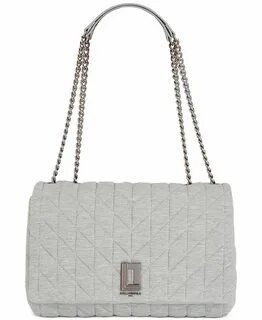When it comes to vehicle maintenance, engine oil gets a lot of attention—but what about the oil filter? This small yet mighty component plays a crucial role in keeping your engine clean, efficient, and long-lasting. Whether you drive a car, bike, or truck, understanding your oil filter’s purpose and upkeep is key to optimal engine performance.
What Does an Oil Filter Do?
Your engine oil collects dirt, carbon, metal shavings, and other contaminants as it lubricates the moving parts. The oil filter traps these particles, preventing them from circulating through the engine and causing wear and tear.
Without a functioning oil filter, your engine could suffer from:
- Reduced performance
- Increased friction and overheating
- Premature engine damage
Types of Oil Filters
Oil filters come in several varieties, including:
- Full-Flow Filters: Most common in modern vehicles. They filter all of the oil before it reaches the engine.
- Bypass Filters: These filter a portion of the oil but offer finer filtration, used in conjunction with full-flow filters.
- Cartridge Filters: These are inserted into a permanent housing, reducing waste.
- Spin-On Filters: Self-contained units that are quick to replace.
Signs Your Oil Filter Needs Replacing
Wondering when it’s time to change your oil filter? Watch out for these signs:
- Dirty or dark engine oil
- Decreased engine performance
- Overheating engine
- Oil pressure warning light
For most vehicles, the Lube oil filter should be replaced every 5,000 to 10,000 km, often during your regular oil change.
How to Choose the Right Oil Filter
Choosing the wrong filter can lead to poor filtration or even leaks. Here’s what to consider:
- Vehicle Compatibility: Always check your owner’s manual or consult a mechanic.
- Quality Matters: Opt for trusted brands with proven performance.
- Driving Conditions: Off-road or extreme weather driving may require heavy-duty filters.
DIY Oil Filter Replacement: Quick Steps
Want to replace the filter yourself? Here’s a quick overview:
- Warm up the engine slightly for better oil flow.
- Turn off the engine and lift the vehicle safely.
- Drain the old oil.
- Remove the old filter using an oil filter wrench.
- Lubricate the new filter’s rubber gasket.
- Screw on the new filter by hand.
- Refill with fresh oil and check for leaks.
Note: Always dispose of old oil and filters responsibly.
Final Thoughts
Your oil filter may be small, but it plays a massive role in engine protection. Regular replacement is one of the simplest ways to extend your engine’s life and avoid costly repairs. Whether you maintain your car yourself or rely on a mechanic, never overlook this essential component during your oil change.



